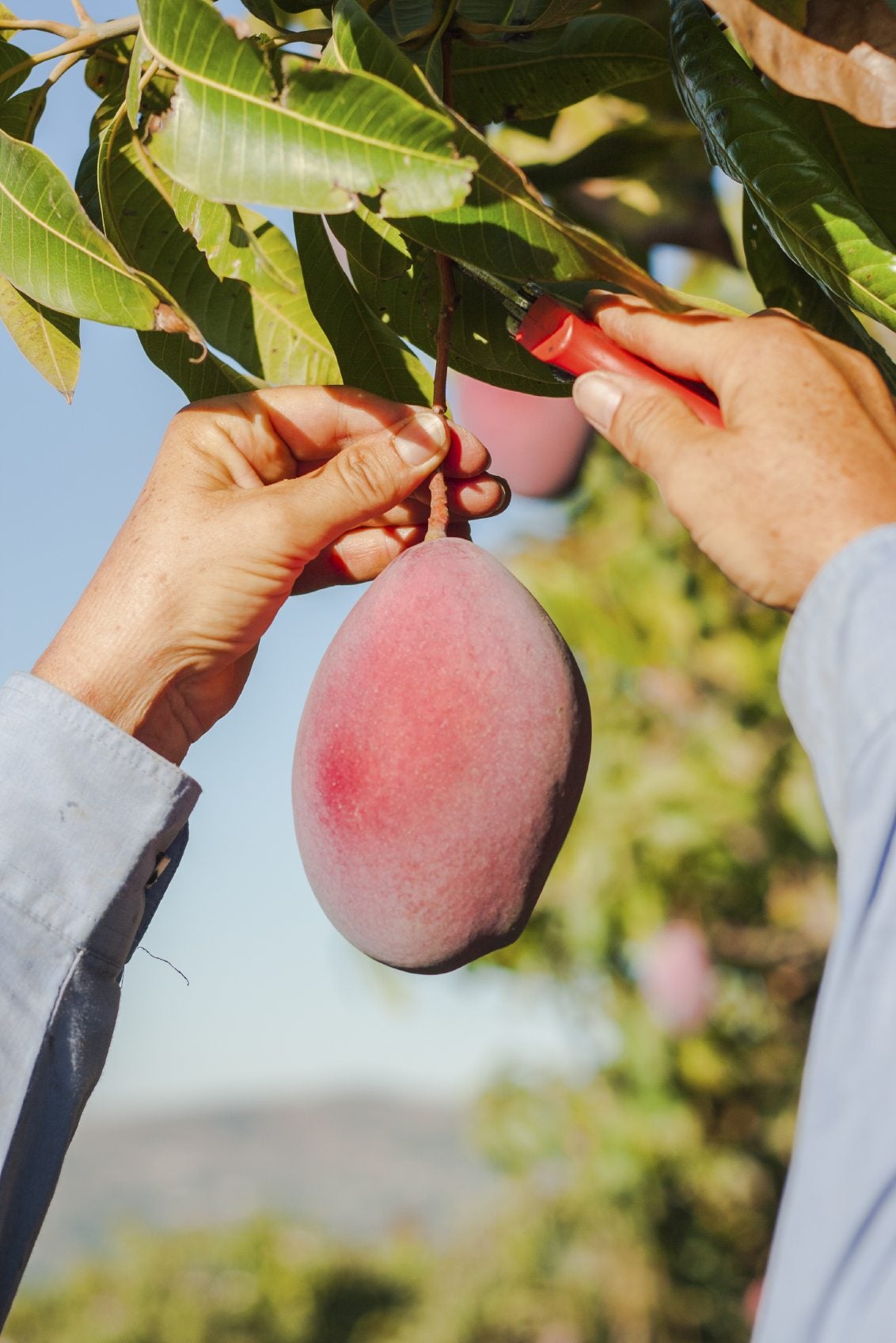
Mangos are an economically important crop in tropical and subtropical areas of the world. Improvements in mango harvesting, handling, and shipping has brought it worldwide popularity. If you are lucky enough to have a mango tree, you may have wondered “when do I pick my mangos?” Keep reading to find out when and how to harvest mango fruit.
Mango Fruit Harvest
Mangos (Mangifera indica) reside in the family Anacardiaceae along with cashews, spondia, and pistachios. Mangos originated in the Indo-Burma region of India and are grown throughout the tropical to subtropical lowlands of the world. They have been cultivated in India for over 4,000 years, gradually making their way to the Americas during the 18th century. Mangos are grown commercially in Florida and are suited to landscape specimens along the southeastern and southwestern coastal areas.
When Do I Pick My Mangos?
These medium to large, 30 to 100 feet tall (9-30 m.) evergreen trees produce fruit that are actually drupes, which vary in size depending upon the cultivar. Mango fruit harvest usually commences from May to September in Florida. While mangos will ripen on the tree, mango harvesting usually occurs when firm yet mature. This can occur three to five months from the time they flower, depending upon the variety and weather conditions. Mangos are considered mature when the nose or beak (the end of the fruit opposite the stem) and shoulders of the fruit have filled out. For commercial growers, the fruit should have a minimum of 14% dry matter before harvesting mangos. As far as coloration, generally the color has changed from green to yellow, possibly with a slight blush. The interior of the fruit at maturity has changed from white to yellow.
How to Harvest Mango Fruit
The fruit from mango trees does not mature all at one time, so you can pick what you want to eat immediately and leave some on the tree. Keep in mind that the fruit will take at least several days to ripen once it is picked. To harvest your mangos, give the fruit a tug. If the stem snaps off easily, it’s ripe. Continue to harvest in this manner or use pruning shears to remove the fruit. Try to leave a 4 inch (10 cm.) stem at the top of the fruit. If the stem is shorter, a sticky, milky sap exudes, which is not only messy but can cause sapburn. Sapburn causes black lesions on the fruit, leading to rot and cutting storage and usage time. When the mangos are ready to store, cut the stems to a ¼ inch (6mm.) and place them stem down in trays to allow the sap to drain. Ripen mangos between 70 and 75 degrees F. (21-23 C.). This should take between three and eight days from harvest.
Sign up for the Gardening Know How newsletter today and receive a free copy of our e-book "How to Grow Delicious Tomatoes".

Amy Grant has been gardening for 30 years and writing for 15. A professional chef and caterer, Amy's area of expertise is culinary gardening.
